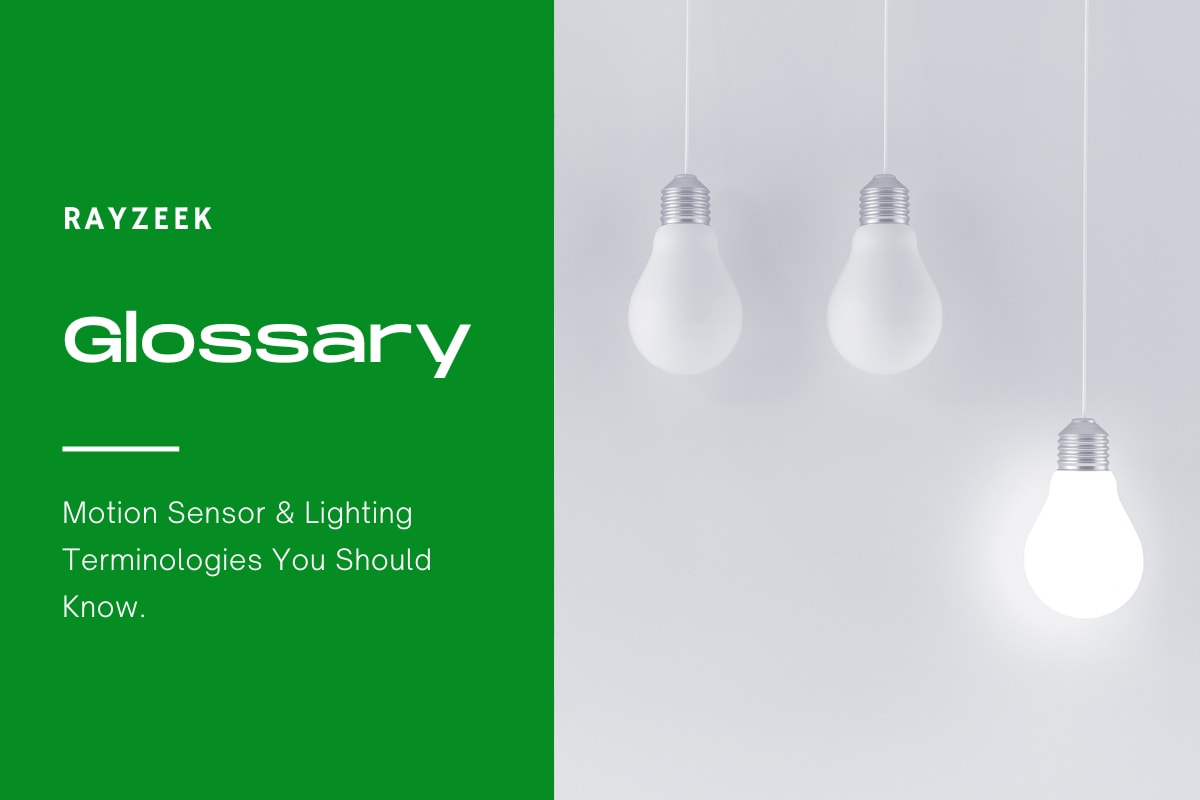What is Louver
A louver is a series of blades or slats arranged in a hexagonal shape, resembling a honeycomb, which is used to regulate the flow of air or light. The primary purpose of a hex louver is to reduce glare produced by the light source and luminaire, allowing for better control and direction of the light intensity. However, the use of a hex louver can sometimes result in the formation of unwanted hexagonal shadows, particularly when the luminaire is directed towards close, flat, and white surfaces.
Inspirujte se portfoliem pohybových senzorů Rayzeek.
Nenašli jste to, co jste chtěli? Nebojte se. Vždy existují alternativní způsoby řešení vašich problémů. Možná vám pomůže některé z našich portfolií.
To address this issue, a diffusing lens, such as a solite lens, can be added above the hex louver. The diffusing lens helps to scatter the light and minimize the appearance of hexagonal shadows, improving the overall light distribution. The context also mentions charts showing the impact of using a hex louver on light output and beam angles, indicating that the louver’s effect on light distribution and spread can be quantified through these charts.
Často kladené otázky
What Is a Louver Fixture
LED Louver or LED troffer fixtures are lighting fixtures that can be either portable, recessed, or surface ceiling mounted. They are often used in office ceilings and can be paired with LED tube lights.
What Is the Difference Between a Baffle and a Louver
Baffles are typically produced with a width ranging from 6² to 10² and a length of 4´. On the other hand, louvers, also known as egg crates, are usually cut to fit from a 2´¥4´ sheet by the contractor and have cell sizes of 1/2²¥1/2²¥1/2². It is worth noting that polystyrene tends to yellow over time, which is why acrylic and painted metal are preferred materials for louvers. Additionally, louvers are available in white, silver, and g finishes.
What Is a Hex Louver Lighting
Hex louver lighting, also known as hexcel louvers or hex louvers, refers to a collection of blades or slats arranged in a hexagon-shaped pattern. These louvers are designed to control the flow of air or light passing through them. Another term used to describe them is “honeycomb louvers” due to their resemblance to a honeycomb structure.









